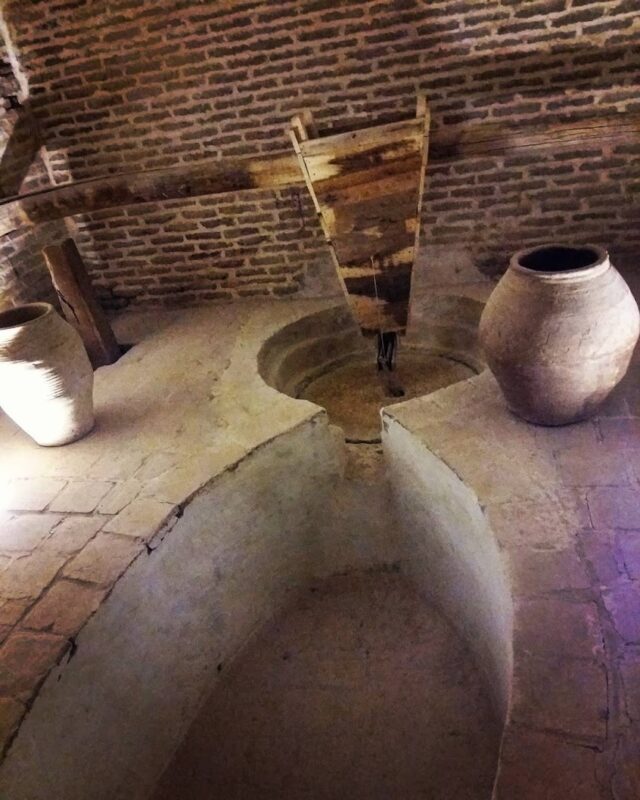Ashkzar water mill: a journey deep into the history and culture of Yazd
Ashkazar water mill shines like a jewel in the heart of Yazd desert and whispers the secrets hidden in the heart of the history and culture of this land. This amazing structure, which dates back to the Safavid era, with its special and unique architecture, speaks of the creativity and effort of humans in Yazd to use natural resources and local knowledge in the challenges of living in a desert environment.
Architecture:
Ashkazar water mill, with an area of about 1000 square meters, is a collection of different elements and parts that together create a unique and eye-catching landscape.
Oven:
At the center of this collection, the mill oven attracts the attention of every viewer with its grandeur and splendor. This cone-shaped section, made of clay and brick, with a height of about 10 meters, provides space for the movement of blades and millstones. On the top of the oven, there is a valve through which the aqueduct water passes, creating the necessary force to rotate the blade.
Blade:
The mill blade, which is made of wood, moves the millstone with its rotary motion. This movement is the result of the water force of the aqueduct, which is directed to the vane through the water channel.
Millstone:
The millstone is the beating heart of this collection. These two large and smooth stones, which are selected from hard and resistant stones, grind wheat and other grains with their rotation and provide the flour needed by the people.
Water tank and water channel:
The water tank, which is located under the oven, is used to store the water of the aqueduct and regulate its flow towards the blade. The water channel is also responsible for transferring the aqueduct water from the aqueduct to the tank.
Function:
In the past, Ashkazar water mill played a vital role in providing bread to the people of the region. This mill turns wheat and other grains into flour using the water power of the aqueduct


